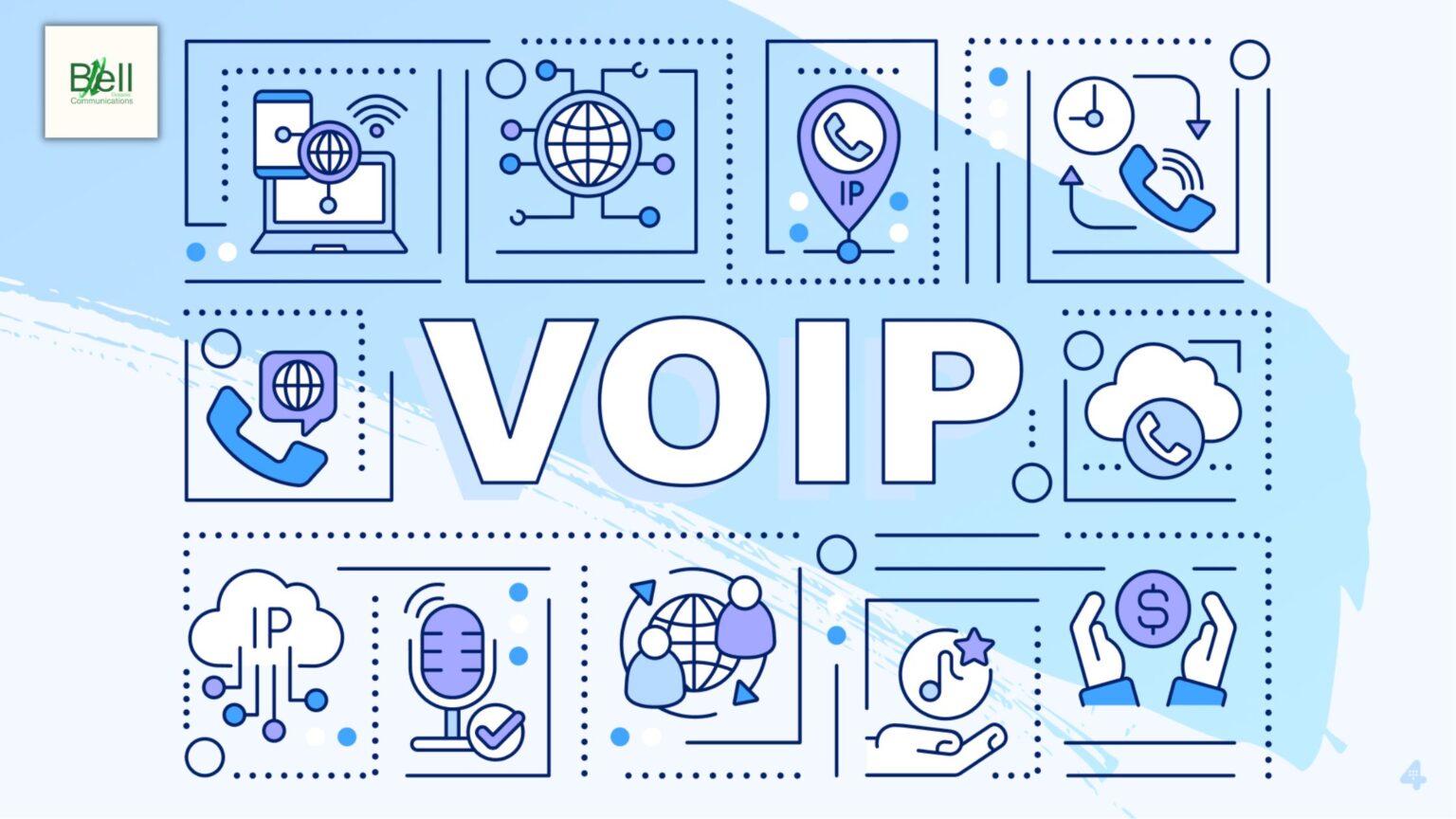Author Profile
Latest entries
 Call StatisticsOctober 4, 2023The Social and Cultural Significance of the Internet: Navigating the Digital Age
Call StatisticsOctober 4, 2023The Social and Cultural Significance of the Internet: Navigating the Digital Age Call StatisticsSeptember 29, 2023E-Rate Program FCC’s Commitment to Affordable Internet in Schools and Libraries
Call StatisticsSeptember 29, 2023E-Rate Program FCC’s Commitment to Affordable Internet in Schools and Libraries Call StatisticsSeptember 14, 2023The Role of AI in Modern Call Centers: Enhancing Efficiency and Customer Satisfaction
Call StatisticsSeptember 14, 2023The Role of AI in Modern Call Centers: Enhancing Efficiency and Customer Satisfaction Call StatisticsSeptember 14, 2023The Art of Effective Outbound Sales Calls: Strategies and Best Practices
Call StatisticsSeptember 14, 2023The Art of Effective Outbound Sales Calls: Strategies and Best Practices

